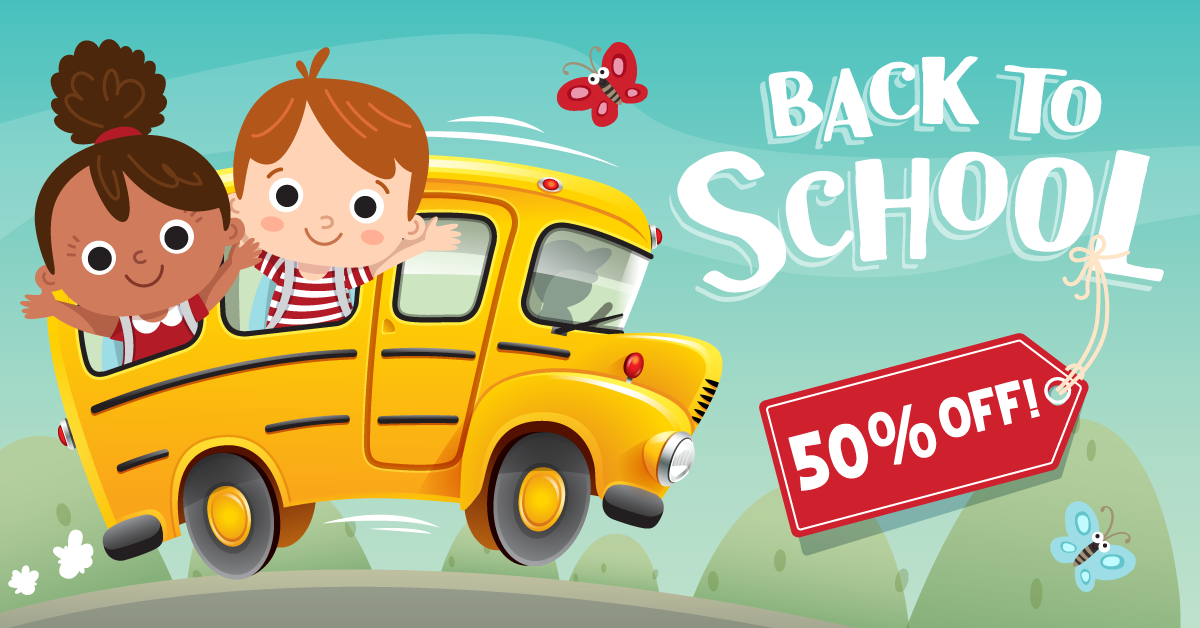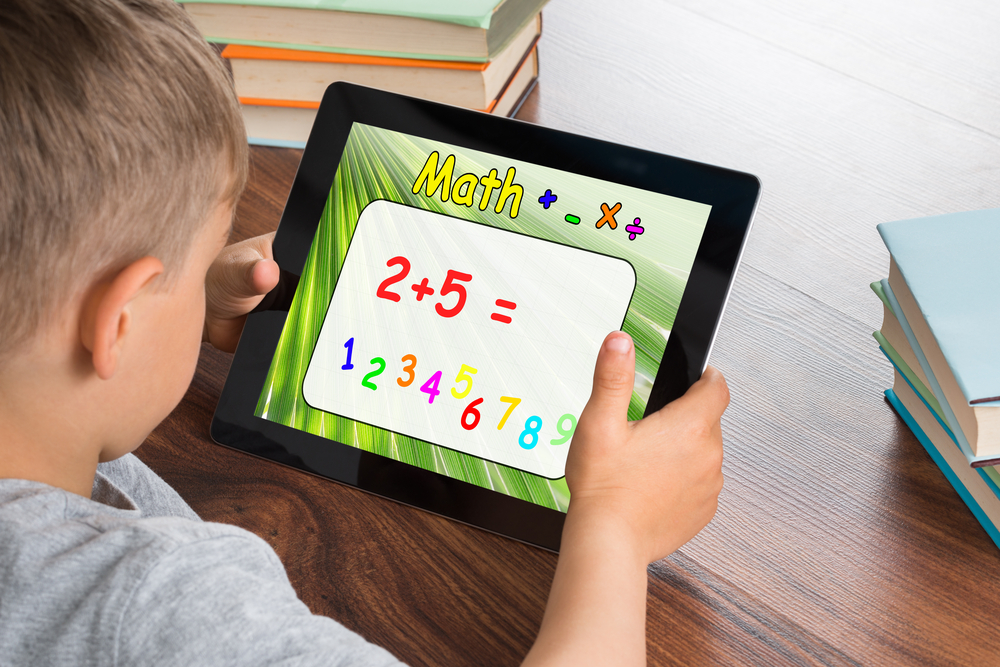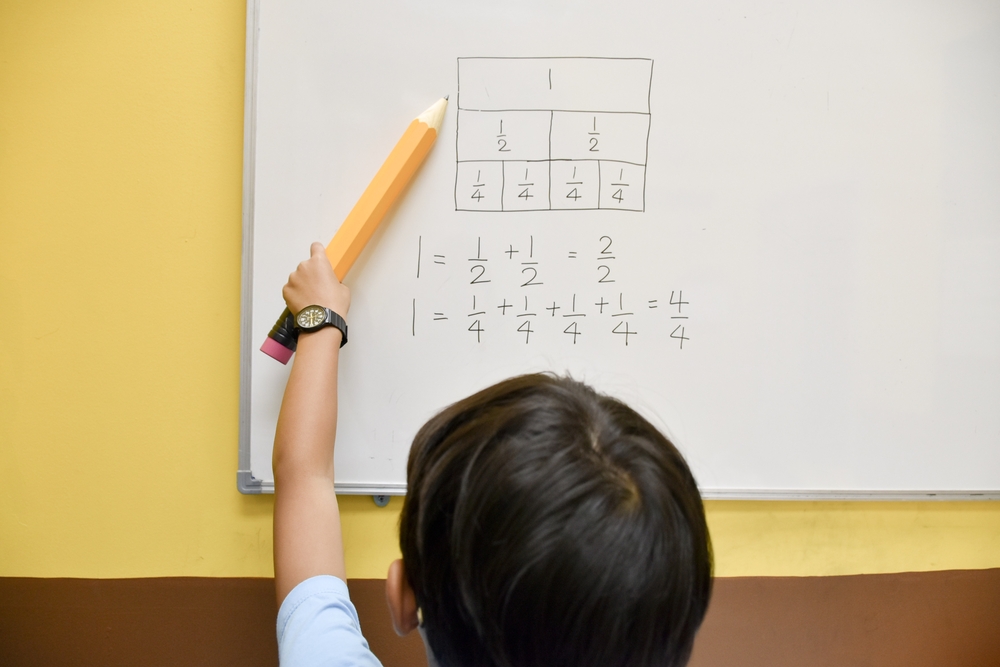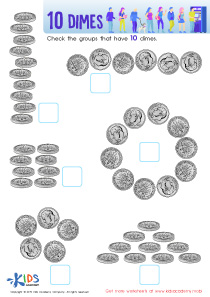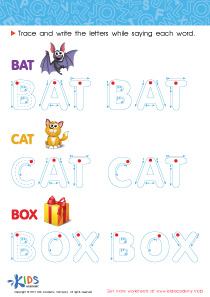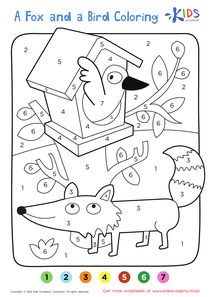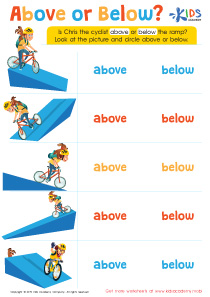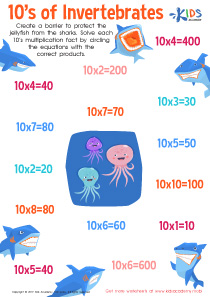Matching worksheets activities for Ages 8-9
8 filtered results
-
From - To
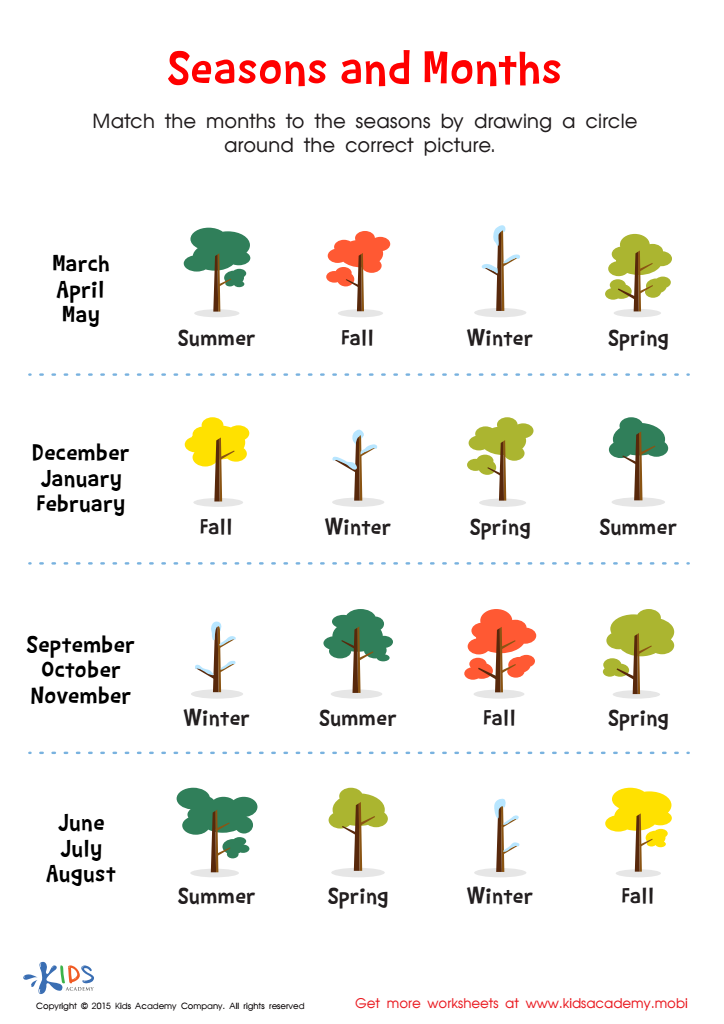

Seasons and Months Worksheet
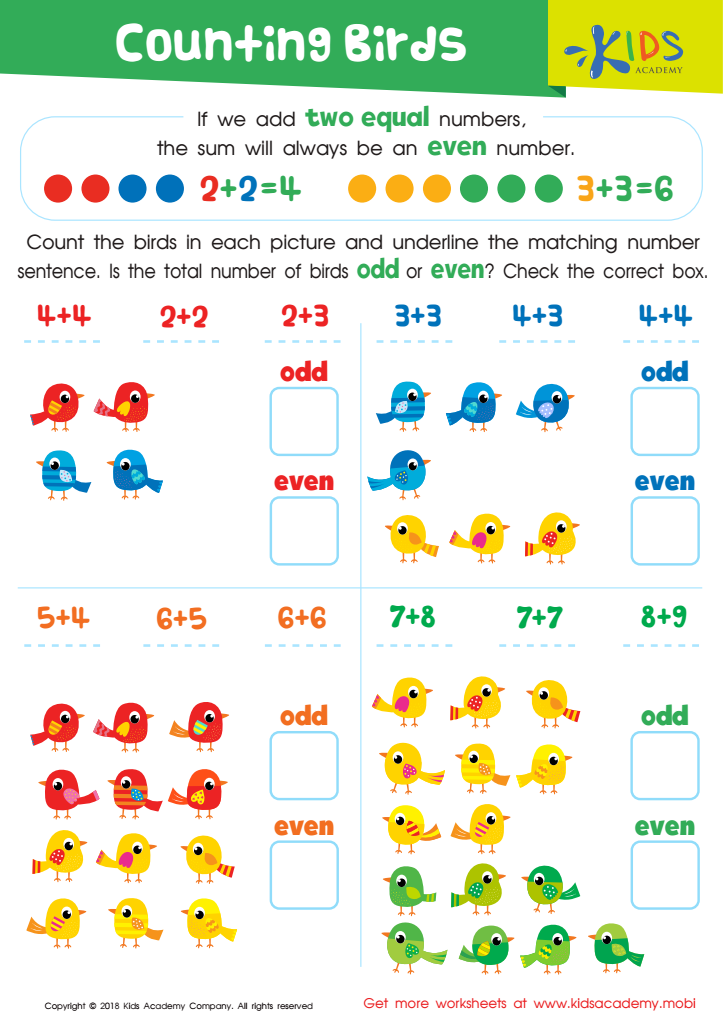

Counting Birds Worksheet


Fruity Array Quest Worksheet
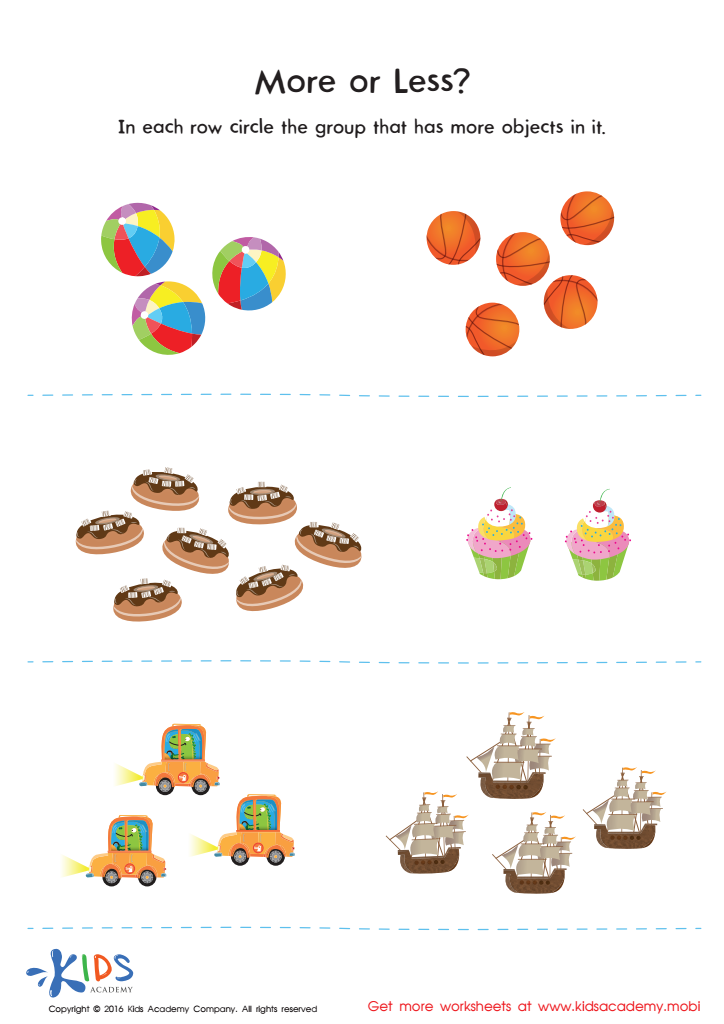

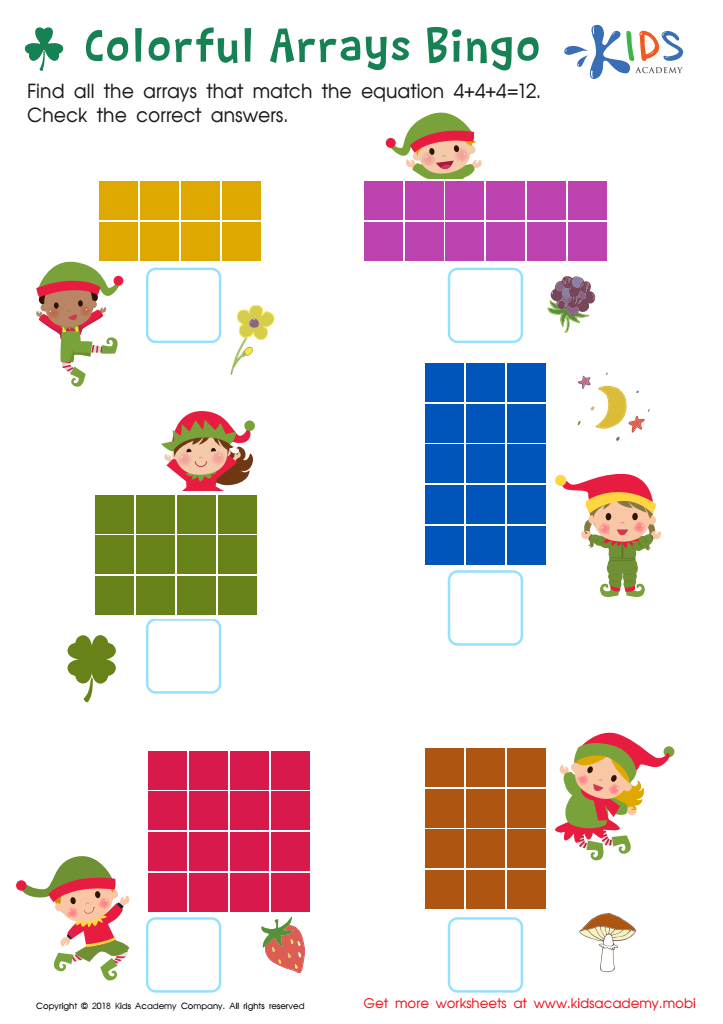

Colorful Arrays Bingo Worksheet
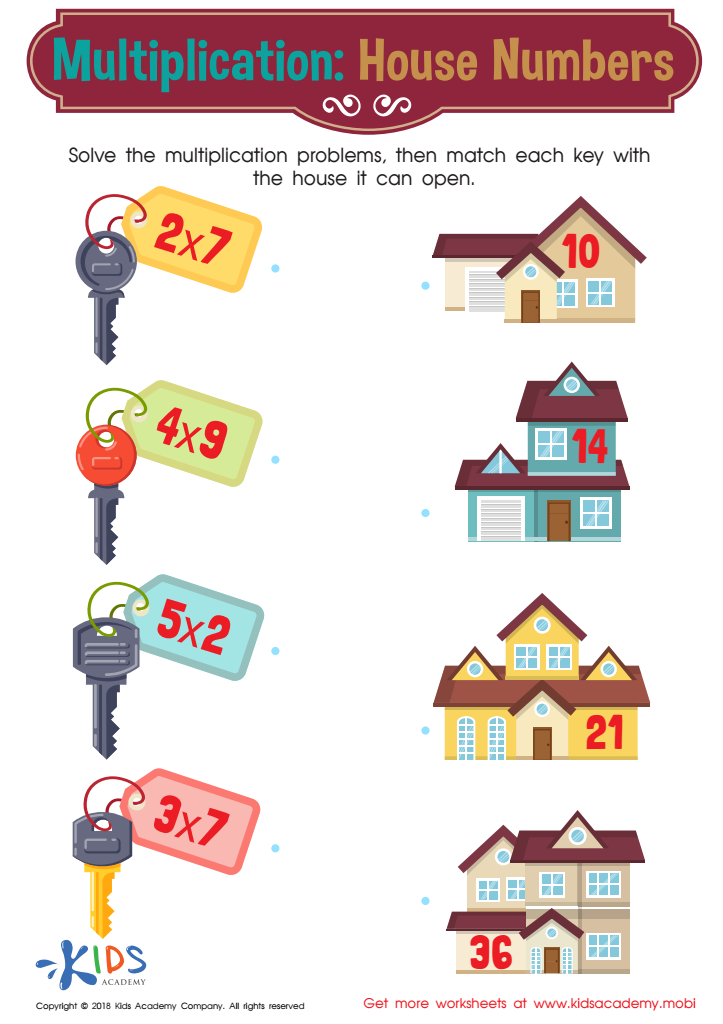

House Numbers Worksheet
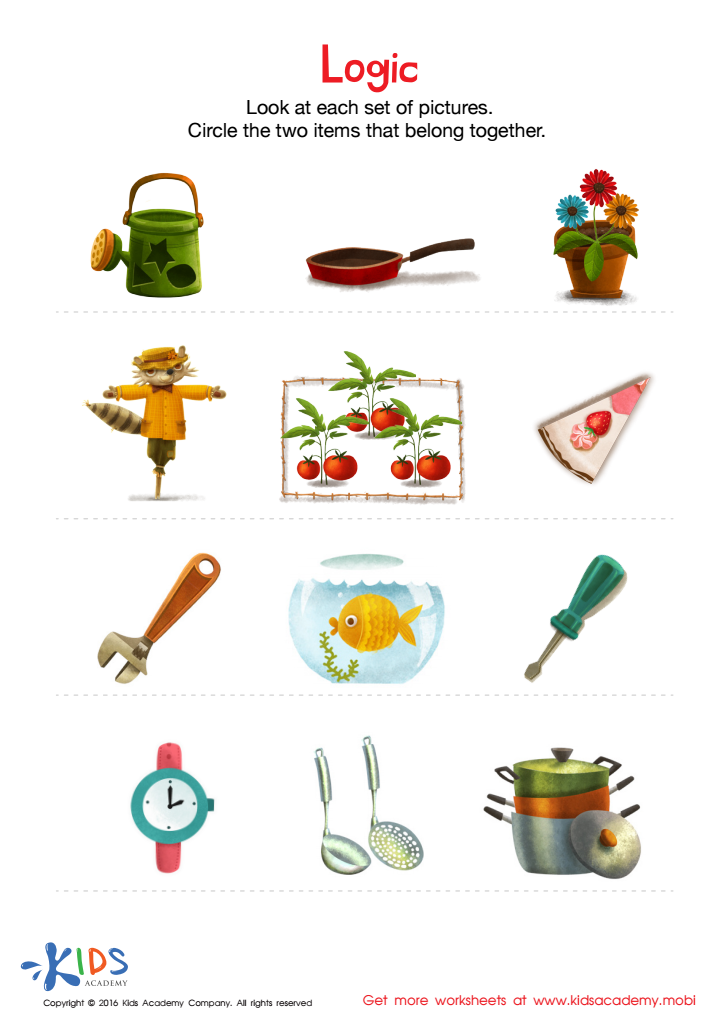

Logic Game Sorting Worksheet
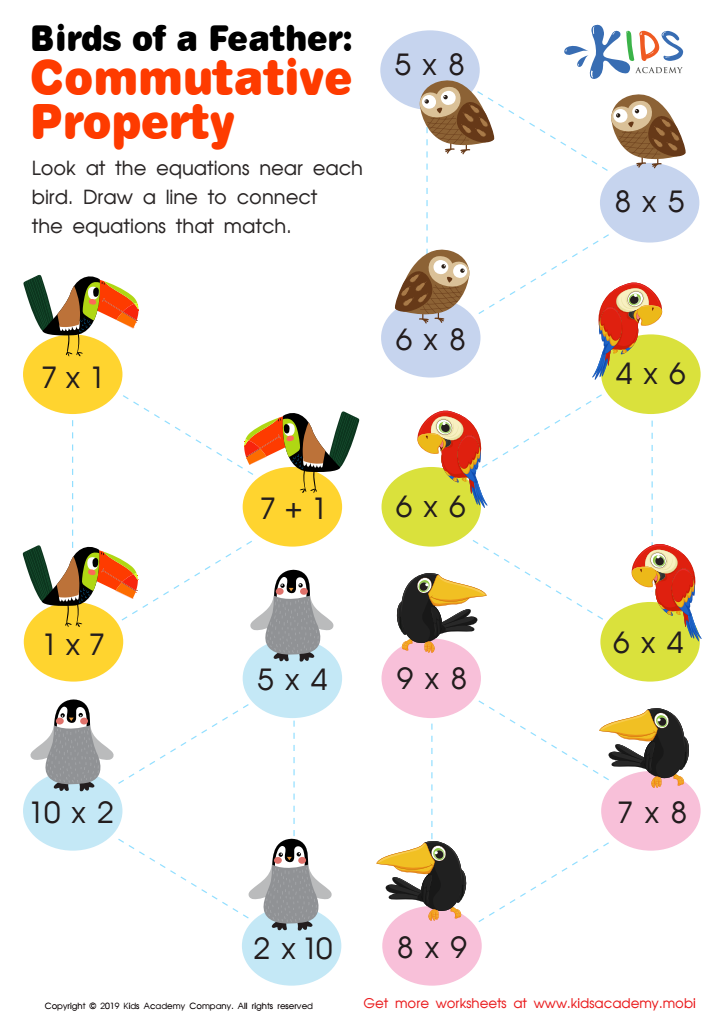

Birds of a Feather: Commutative Property Worksheet
Matching worksheets activities stand out as an invaluable tool in the realm of educational resources, offering a wide array of benefits to learners across various age groups and subjects. These activities are designed with the primary goal of enhancing cognitive skills, including pattern recognition, memory, and logical thinking — essential components for academic success and everyday problem-solving.
First and foremost, matching worksheets activities cater to the development of visual discrimination skills. By engaging in tasks that require matching similar items or pairing related concepts, learners become more adept at identifying subtle differences and similarities, a skill that transcends the classroom and is applicable in real-world scenarios such as distinguishing between similar words or understanding the nuances in different contexts.
Moreover, these activities are incredibly versatile, making them an excellent resource for educators to reinforce subject-specific knowledge. Whether it's matching words to their definitions in a language arts class, pairing historical figures with their contributions in a social studies lesson, or connecting mathematical equations to their solutions, matching worksheets can be tailored to any subject matter, thereby enhancing comprehension and retention of key concepts.
Additionally, matching worksheets activities foster independent learning. They are designed to be self-explanatory and can often be completed without constant supervision, allowing learners the space to process information at their own pace, which is crucial for building confidence and autonomy in their educational journey.
The interactive nature of matching worksheets also contributes to their appeal. They can transform potentially monotonous learning tasks into engaging and enjoyable exercises, thereby increasing motivation and participation. This shift in attitude towards learning can lead to improved academic performance and a more positive outlook on education as a whole.
In summary, matching worksheets activities are a useful and adaptable educational tool that supports cognitive development, subject-specific learning, independent study habits, and learner engagement. Their role in facilitating a dynamic and effective learning environment cannot be overstated, making them a staple in educational settings.
 Assign to the classroom
Assign to the classroom



